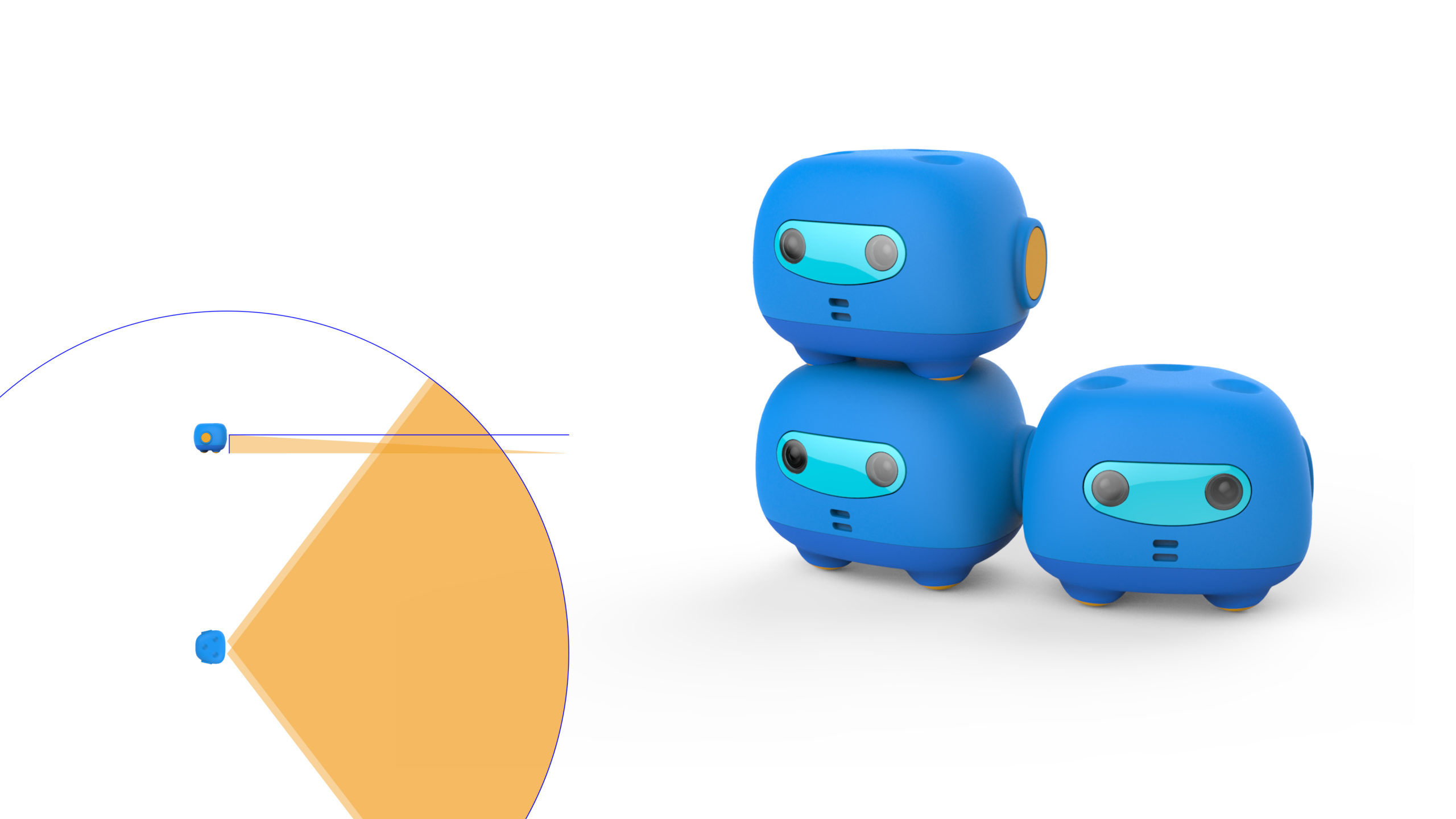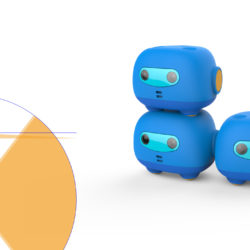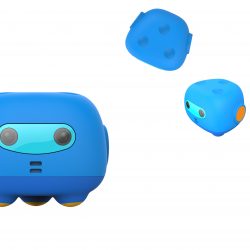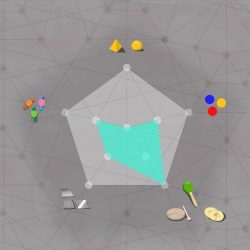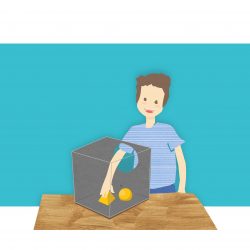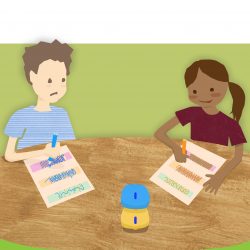A Learning Companion for Ben – Concept for a Digital Learning Environment
Description
A concept for using the potential of digital environments in primary school education. The scope of the project was designing a voice interface-based human-computer interaction and a physical device. Interlinked digital companions encourage children to collaborate and support each other, while making repetitive everyday exercises playful by gamifying them.What is the Topic?
The context of the project is the primary school. The first two classes mean a life-changing experience for children, because in this period they have to earn literacy skills, learning methods and understand how to be a productive member of a community. For that, it is essential, that they stay motivated and learn to collaborate and bond to each other. If they do not succeed, their chances in life will get limited, being pushed to the periphery of society as all the later subjects and challenges in the education system build on these skills.
Why does it look like this?
The device is designed for the age of 6-8. The housing, carrying the circuit board and the battery, has a direction, because in the front a camera is built in which can record in limited field of vision. The projector and loudspeaker are also placed on the front, because the device communicates with the children by projecting instruction material and by voice interaction. The shape includes joints on the top, bottom and sides, so the devices can be stacked horizontally and vertically, allowing multiple children to work together.
What is special?
This is a holistic concept, which was developed following the human-centered design guidelines. During the evaluation of the current situation of primary school education, the solution has been worked out with the close involvement of teachers. As a result, a service was created which focusses on bringing gamification into the instruction material. The successful initial contact to the learning environment is provided by a ritual which carries pedagogic value. The requirements of the networked system were designed to allow a thoughtful integration of a digital environment into primary school education, as the interaction patterns are designed for encouraging collaboration between the children.
What is new?
Computer supported learning environments can be most effectively used in a collaborative way. However, the tendency in primary school education is to let children work alone with devices. The project aims to create an environment based on a motivating story with gamification aspects, which enhances collaboration between the pupils. The ai plays a moderating role and embodies an avatar in examination situations, so the performance pressure of the children can be reduced.

